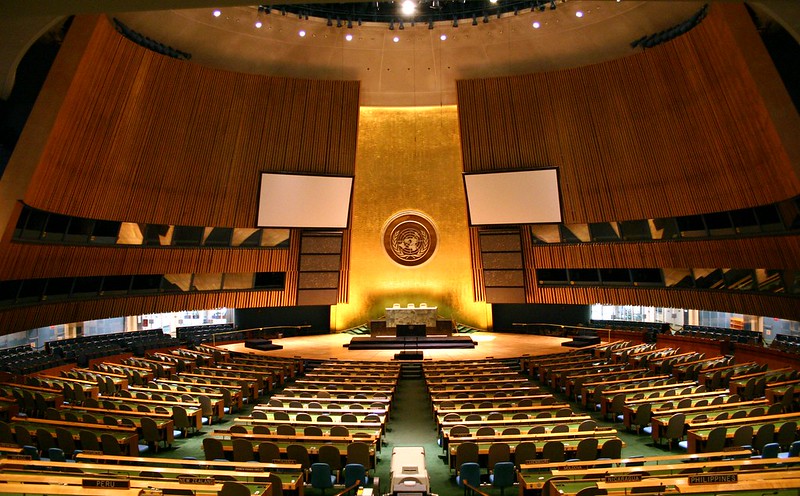
Mankind is rapidly developing “emerging technologies” in the fields of bioengineering, nanotechnology, and artificial intelligence that have the potential to solve humanity’s biggest problems, such as curing all disease, extending human life, or mitigating massive environmental problems like climate change. However, if these emerging technologies are misused or have an unintended negative effect, the consequences could be enormous, potentially resulting in serious, global damage to humans (known as “global catastrophic harm”) or severe, permanent damage to the Earth—including, possibly, human extinction (known as “existential harm”). The chances of a global catastrophic risk or existential risk actually materializing are relatively low, but mankind should be careful when a losing gamble means massive human death and irreversible harm to the planet. While international law has become an important source of global regulation for other global risks like climate change and biodiversity loss, emerging technologies do not fall neatly within existing international regimes, and thus any country is more or less free to develop these potentially dangerous technologies without practical safeguards that would curtail the risk of a catastrophic event. In light of these problems, this paper serves to discuss the risks associated with bioengineering, nanotechnology, and artificial intelligence; review the potential of existing international law to regulate these emerging technologies; and propose an international regulatory regime that would put the international world in charge of ensuring that low-probability, high-risk disasters never materialize.
Academic citation
Wilson, Grant S., 2013. Minimizing global catastrophic and existential risks from emerging technologies through international law. Virginia Environmental Law Journal, vol. 31, no. 2, pages 307-364.
Image credit: Patrick Gruban
This blog post was published on 28 July 2020 as part of a website overhaul and backdated to reflect the time of the publication of the work referenced here.







